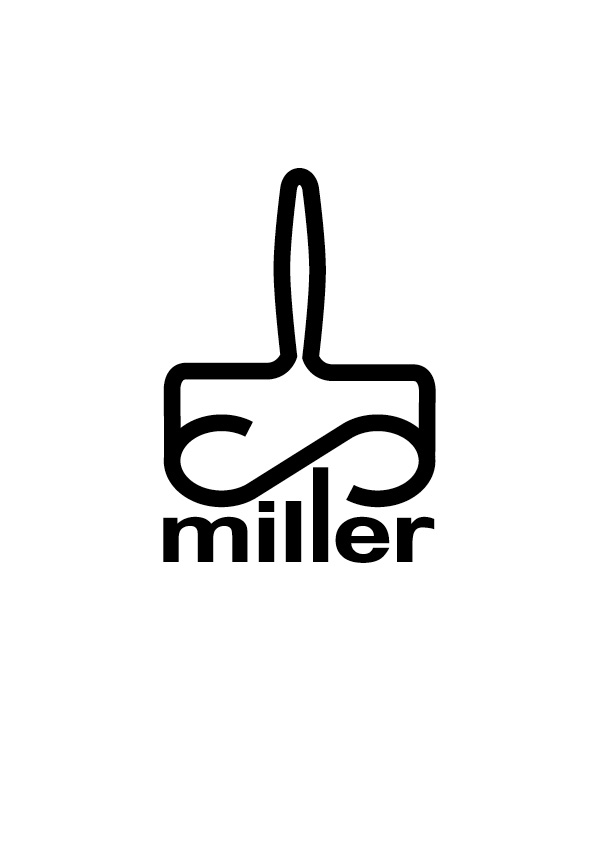

“It was the positions I would adopt, places I’d be, look on my face. I think I started to take photographs of myself because I felt so wrong in my own body, and so confused and so traumatised.”įor Alice, taking the photographs and developing them marked the beginning of starting to understand herself better. “I had a really broken heart and never understood why. “Both of my parents had been incredibly unwell before then,” she says. She held an exhibition of some of her related photographs in a gallery in Central London last year. Alice Joiner is a 23-year-old fine arts student who developed an eating disorder and body dysmorphia in her teens. Longer term issues such as addiction can also benefit greatly from art therapy. It's not just for sufferers of anxiety and one-off traumatic incidents. These three images told me something about my emotional life and how I was moving on, making peace with the event and wishing the deceased a better existence elsewhere.” On one side of the bridge the river is blood red and black, and on the opposite side it’s blue and green. “I think it’s about transition and transformation.
#FHE PAINTBRUSH LOGO SERIES#
Jack’s third image in this series is a painting of a bridge over a river. The sky has become red and yellow instead of black.” “The black was gone, the figure still lying on his back but now a blue colour with the blood clearly coming from the head-not all-consuming. I think the fact that someone was there- to keep time, nod yes, and talk if I wanted- provided the appropriate structure and space that I could use so all this stuff could unfold.”ĭuring his next session, Jack created a second image. “I felt like I needed permission, that I couldn’t just take myself off and paint because it would somehow lose its validity. "These three images told me something about my emotional life and how I was moving on" Using art provided me with an opportunity to pour the feeling I had in me into something else, and that something else then became the container for it-so I could walk away from it and leave it in a different place. “This picture isn’t beautiful,” continues Jack, “but it’s a really clear description of how I felt. I realised that the green was the equipment we’d used and the red was blood. Blackness started to consume the page and then green and red. I allowed the feeling to pour onto the page and see what marks it would make. But when the brush met the paint, it was less cognitive, more intuitive. “I remember feeling completely solemn and sad when I started the first image-and not sure that I was going to produce anything. So instead of trying (and failing) to talk about it, Jack decided to pick up a paintbrush. He knew he felt stuck, but couldn’t put words to what he needed to move on.

Quite the opposite in fact.įorty-five-year-old fireman, Jack, experienced a similar kind of transformation via art therapy after he responded to a gruesome road traffic accident in London last year, where a man was trapped underneath a lorry and ultimately died from his injuries.įor some time afterwards, Jack felt a constant sense of sadness that he was sure was connected to the incident and what he’d seen. Nor is it unnecessary for those who, like me, are used to expressing themselves with words.

It’s not, as I’d wrongly assumed, meant only for children or arty types who were skilled in drawing and painting. Art therapy is “a form of psychotherapy that uses art media as its primary mode of communication,” says Val Huet, chief executive officer at the British Association of Art Therapists. I didn’t understand why, suddenly, I was suffering in this way and I was willing to try pretty much anything to make things better.Īnd so, after becoming frustrated by my inability to put words to what I was feeling, I turned to art therapy. I’d travelled in rush hour before-for years in fact-yet I’d never experienced terror like this. I couldn’t find the words to describe what I’d felt, stuffed into a tube train like a squashed sardine (though, technically, “bad claustrophobia” just about covers it). Last year I painted pictures of my panic attacks.

If you were in distress, would you turn to a canvas? Former skeptic Lucy Fry discovers the life-changing potential of art therapy


 0 kommentar(er)
0 kommentar(er)
